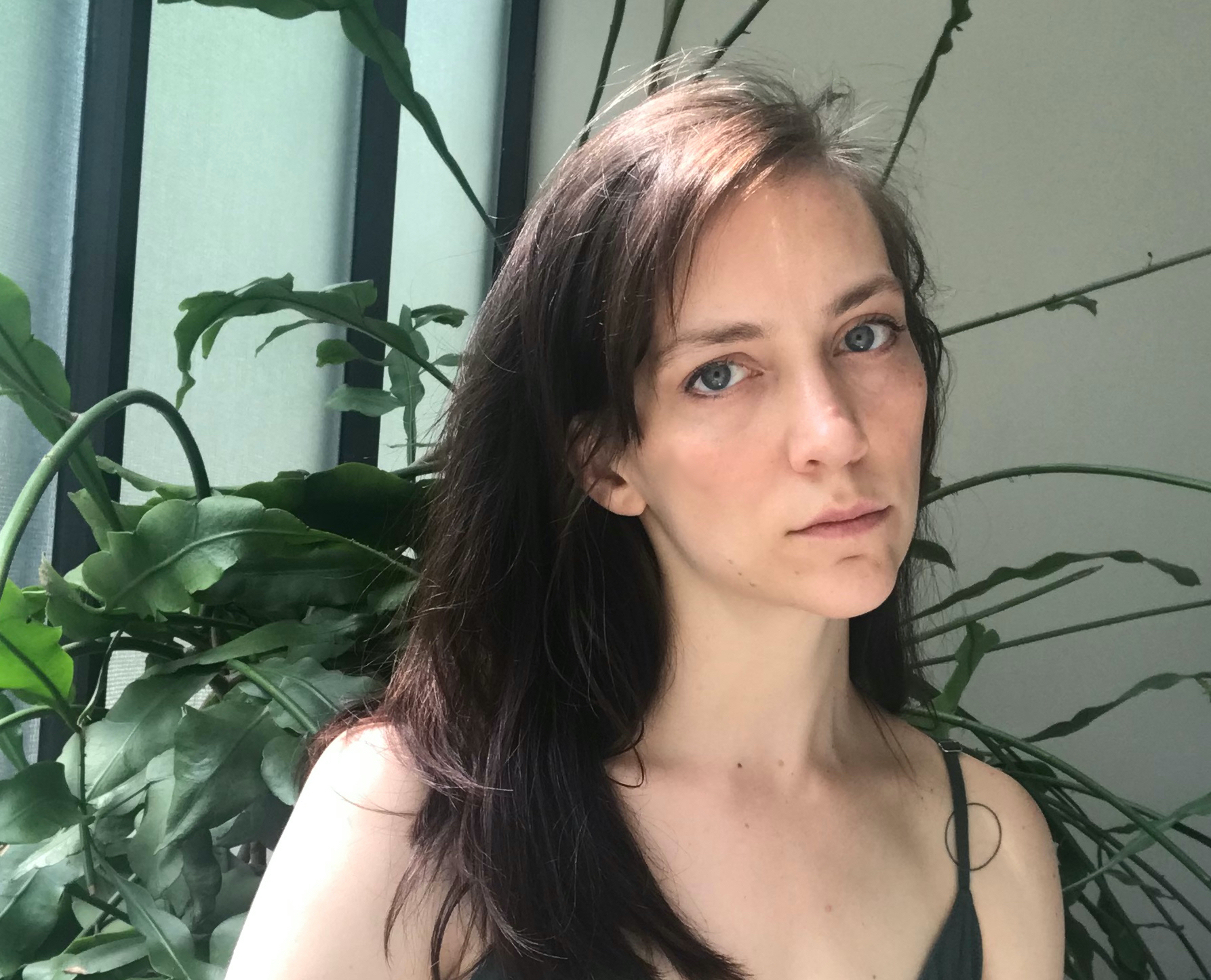You were born in Tupelo, Mississippi, and Pew evokes a powerful Southern atmosphere. What was your childhood in the South like, and how did coming of age there shape you as a writer?
I had a fundamentalist streak as a kid. I believed in the verbatim truth of the Bible, of Hell, of salvation, and I first started writing as a form of prayer. I was given an empty notebook in Sunday school and I started speaking to God in it. So, obsessive, high-stakes reading and delusions of grandeur — I suppose that’s the same sort of childhood most writers have.
Flannery O’Connor once wrote of Southern fiction, “I think that every writer hopes to show that, in some crucial and deep sense, he is a realist; and for some of us, for whom the ordinary aspects of daily life prove to be of no great fictional interest, this is very difficult.” In Pew, as opposed to a strictly realist angle, you have the story take the form of a fable. How did you decide to approach the novel this way?
I’d make a distinction between what I think O’Connor means by “realist” and what is often called “realism” in fiction. It's true that Pew takes place in an abstracted form of reality. As a book, it is not representational — it's not showing the world strictly as it appears to be. But it is, I hope, showing something “real” about the world. So, I suppose I think of the book as “realist,” but not engaged with “realism."
I don’t feel like I make choices when I write. It’s hard for me to point to any element of a book or story and claim it as a decision. That’s what I like about writing fiction — it’s more a process of following than directing.
.jpg)
How do you consider your four published works [Nobody is Ever Missing (2014), The Answers (2017), and the short story collection Certain American States (2018)] in relation to each other?
Each book has taken me between two and four years to write. I think of them as kind of long-exposure photographs of those years, as well as of the books, films, and music I was taking in. As I wrote Pew, I often felt empty and emptier still, though I mean that as a positive thing. Perhaps that is evident in the book.
Without revealing too much, the climax of the book takes place at the town’s annual Forgiveness Festival. Why did you make forgiveness such a key theme for this book?
Human beings come up with all sorts of ways to ritualize our emotions. We want to feel reverent, to feel loved, to process grief, to be thankful. We come up with these acts and events that show those emotions in formal ways: weddings, funerals, church, greeting cards, dates, birthdays, et cetera. We love rituals and we seem to need them badly. The society that Pew depicts wants to be absolved of many things. But asking to be forgiven is one of things I think human beings are very bad at doing.
You went to Loyola University in New Orleans for college, and got your master’s degree at Columbia in New York. What was the most helpful thing you learned from those experiences?
I spent most of my undergraduate years thinking I would be a sculptor and all of graduate school thinking I would be a journalist. I had several wonderful teachers, all of whom encouraged me to diligently follow what I was interested in, wherever it led. Medium is less important than meaning. Process must be conceived long before product.
What books have you been thinking about recently, and why?
Books that can be read in one sitting have a huge appeal to me right now, probably because I’m working on the opposite sort of book at the moment. I’ve found that when I finish writing a book my impulse is to write toward its opposite. Pew takes place over a week, so I’m working on a novel that covers 60-plus years.
What do you wish nonwriters knew about what it’s like to be a writer?
It is slow and ugly.
Kathleen Rooney is the author, most recently, of the novel Cher Ami and Major Whittlesey.





Comments are closed.